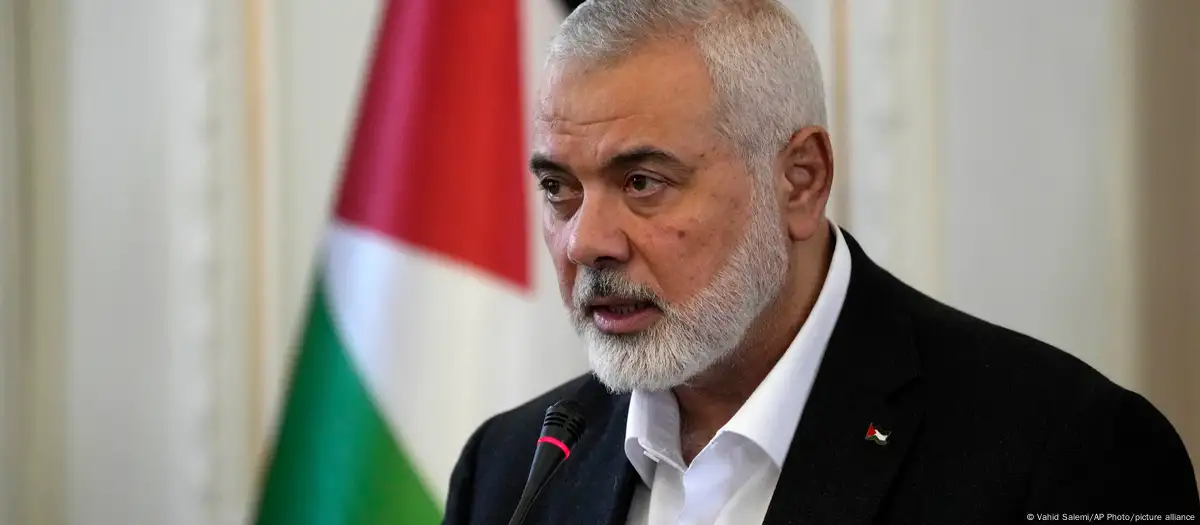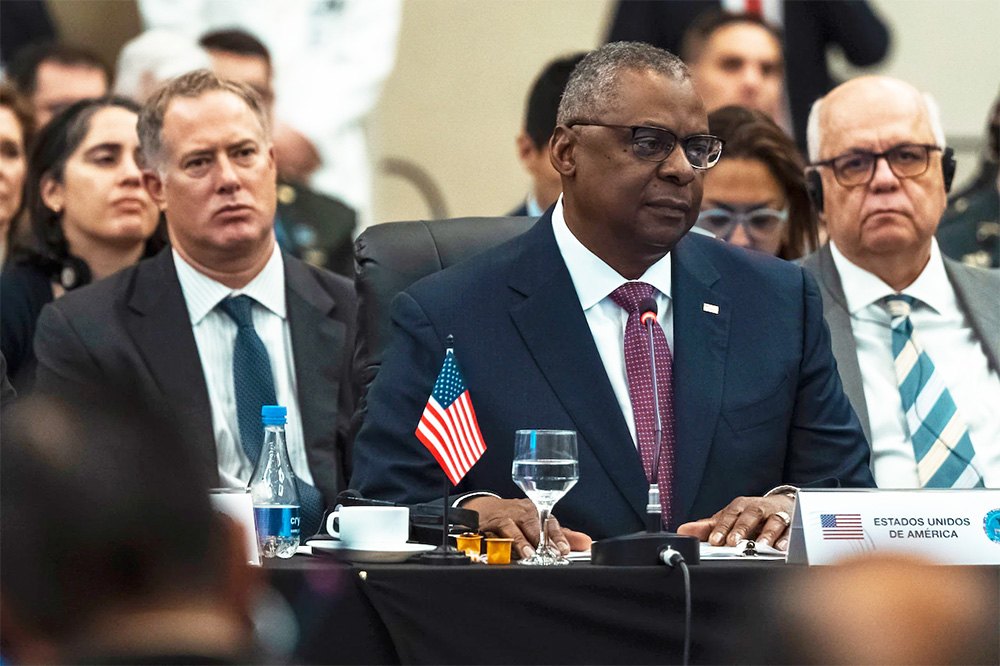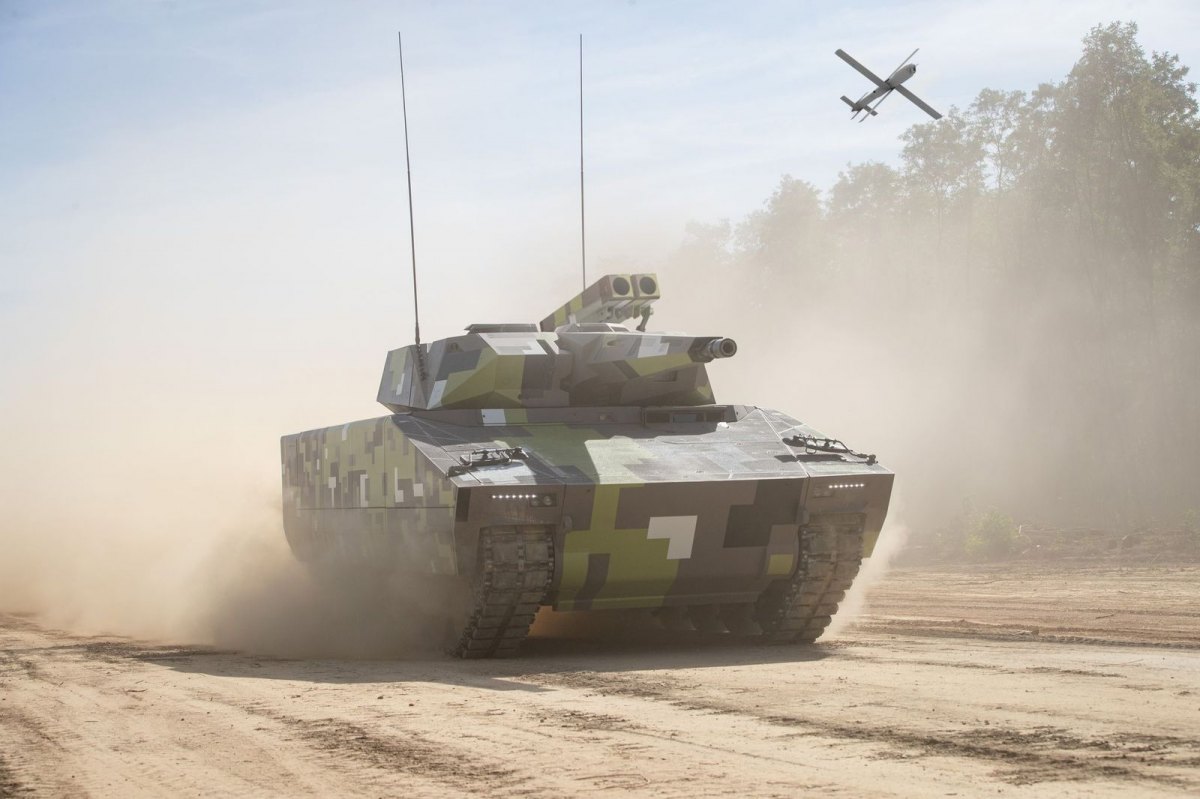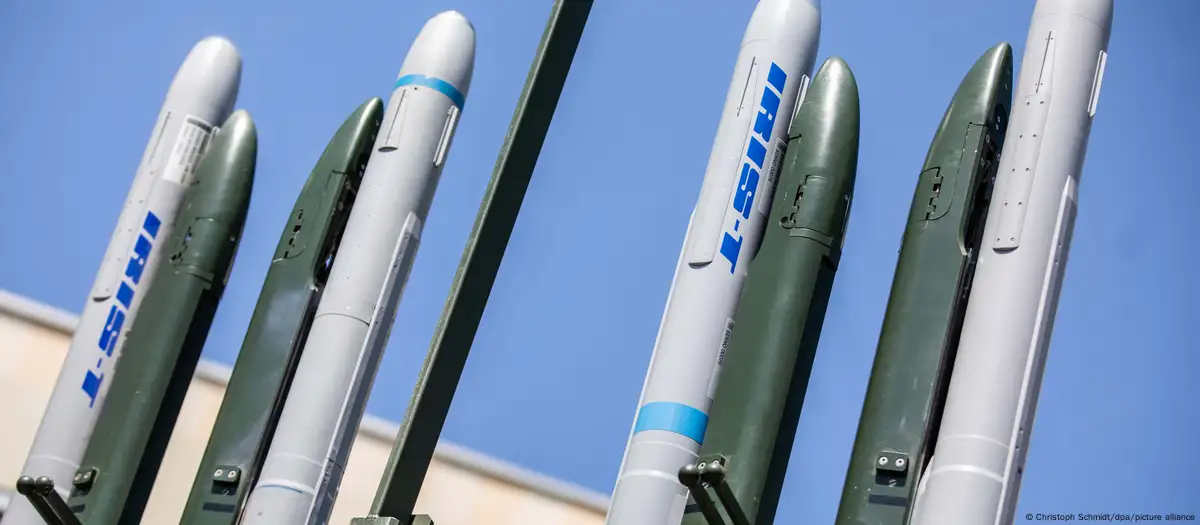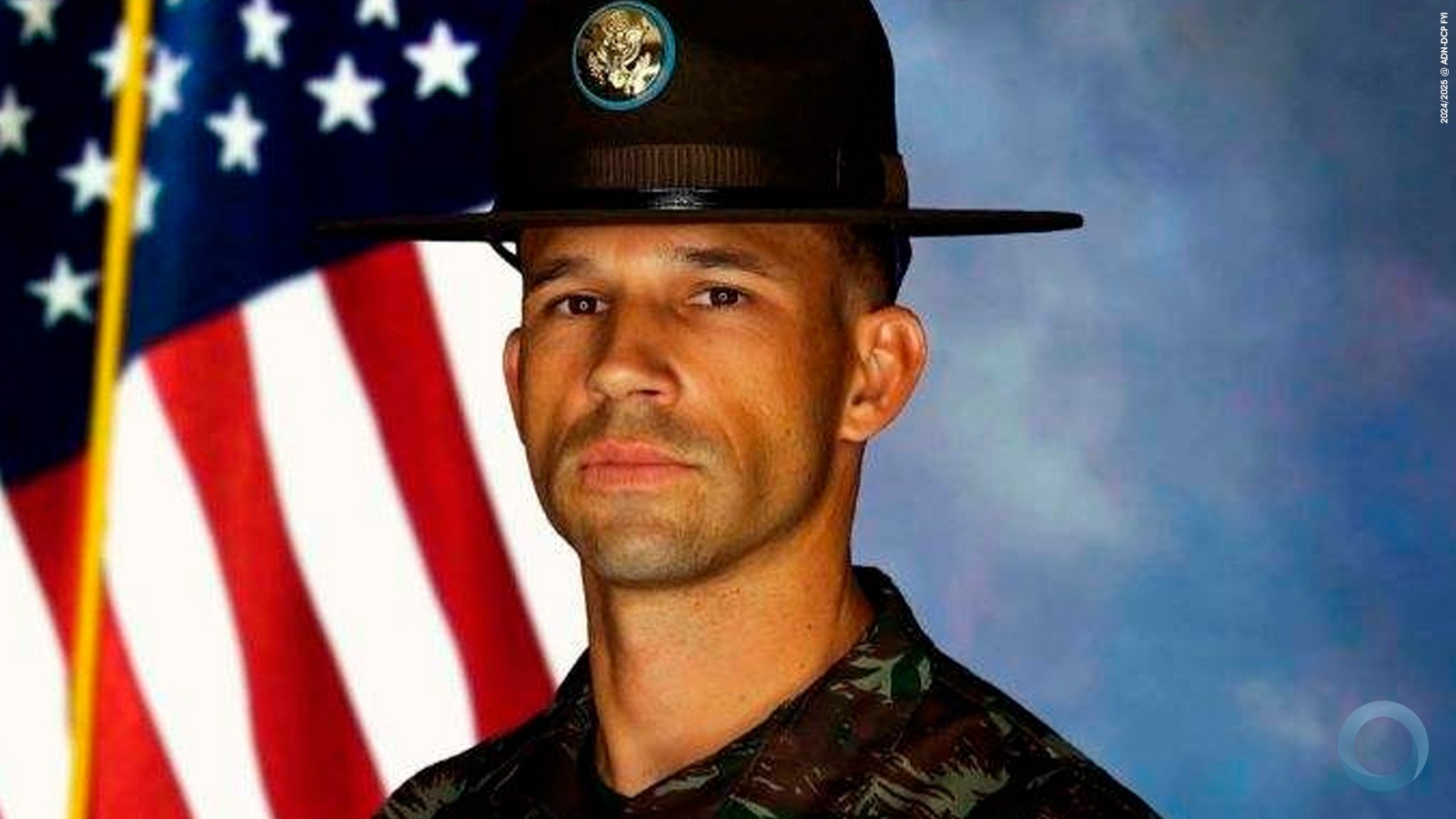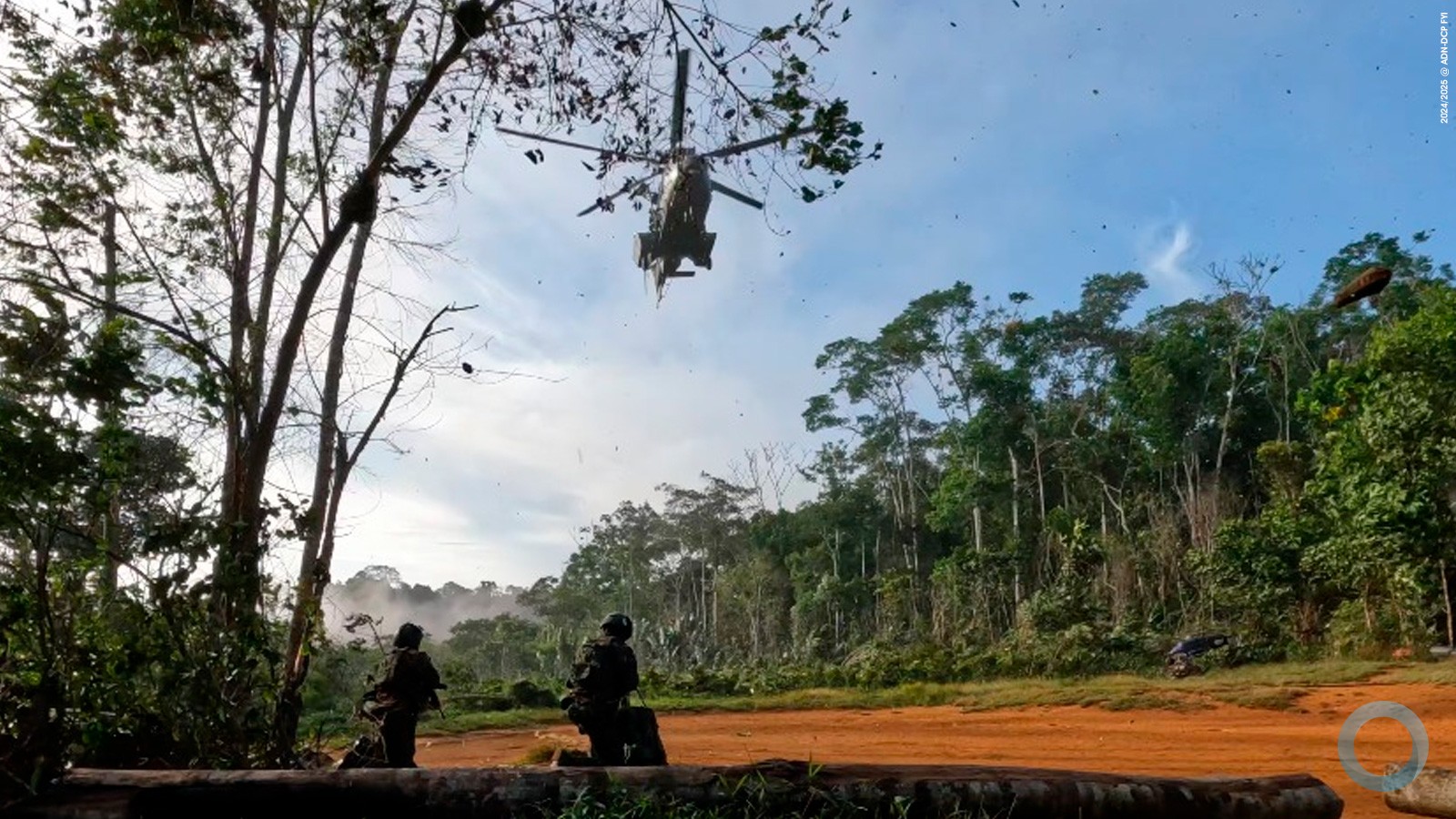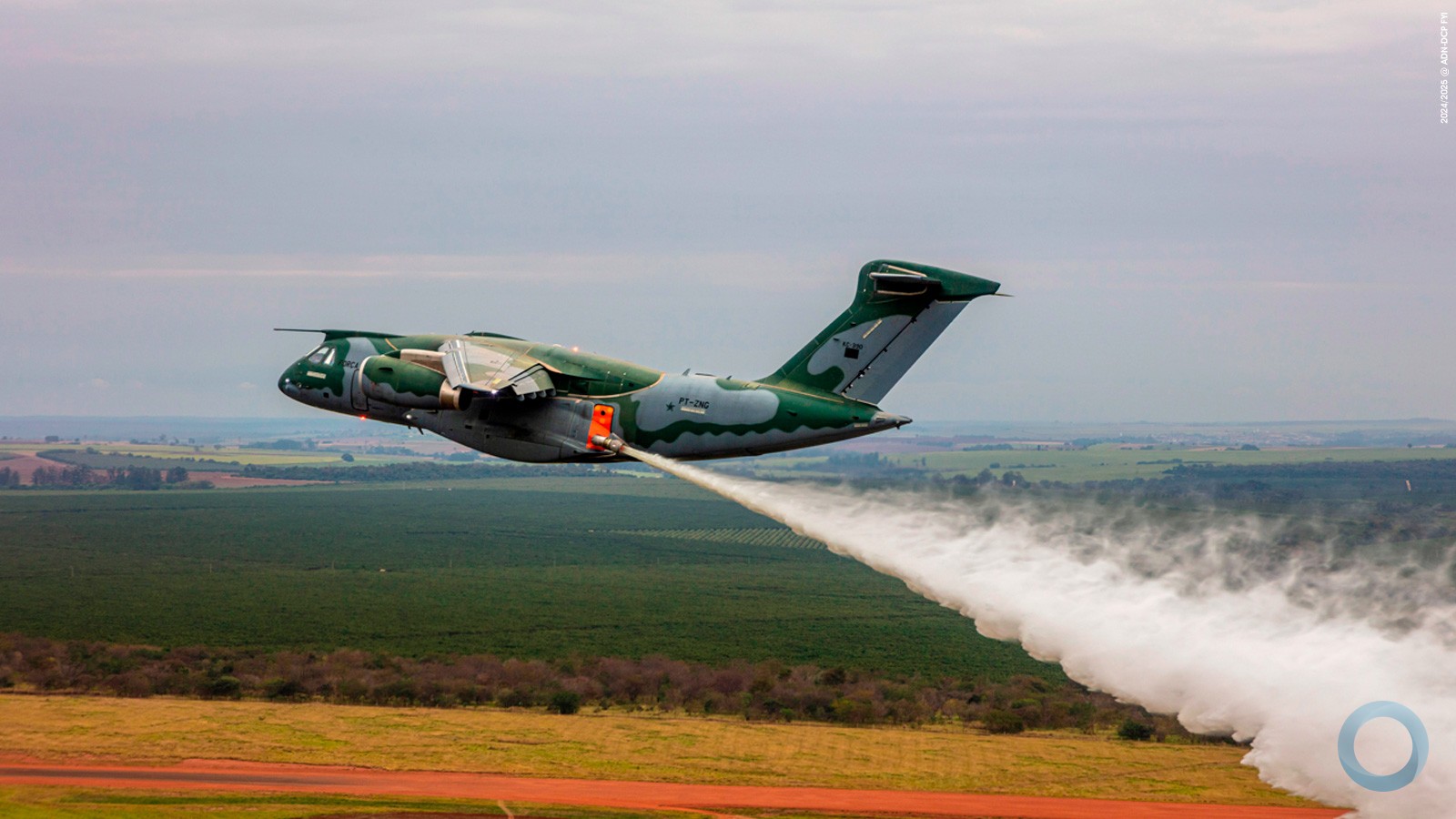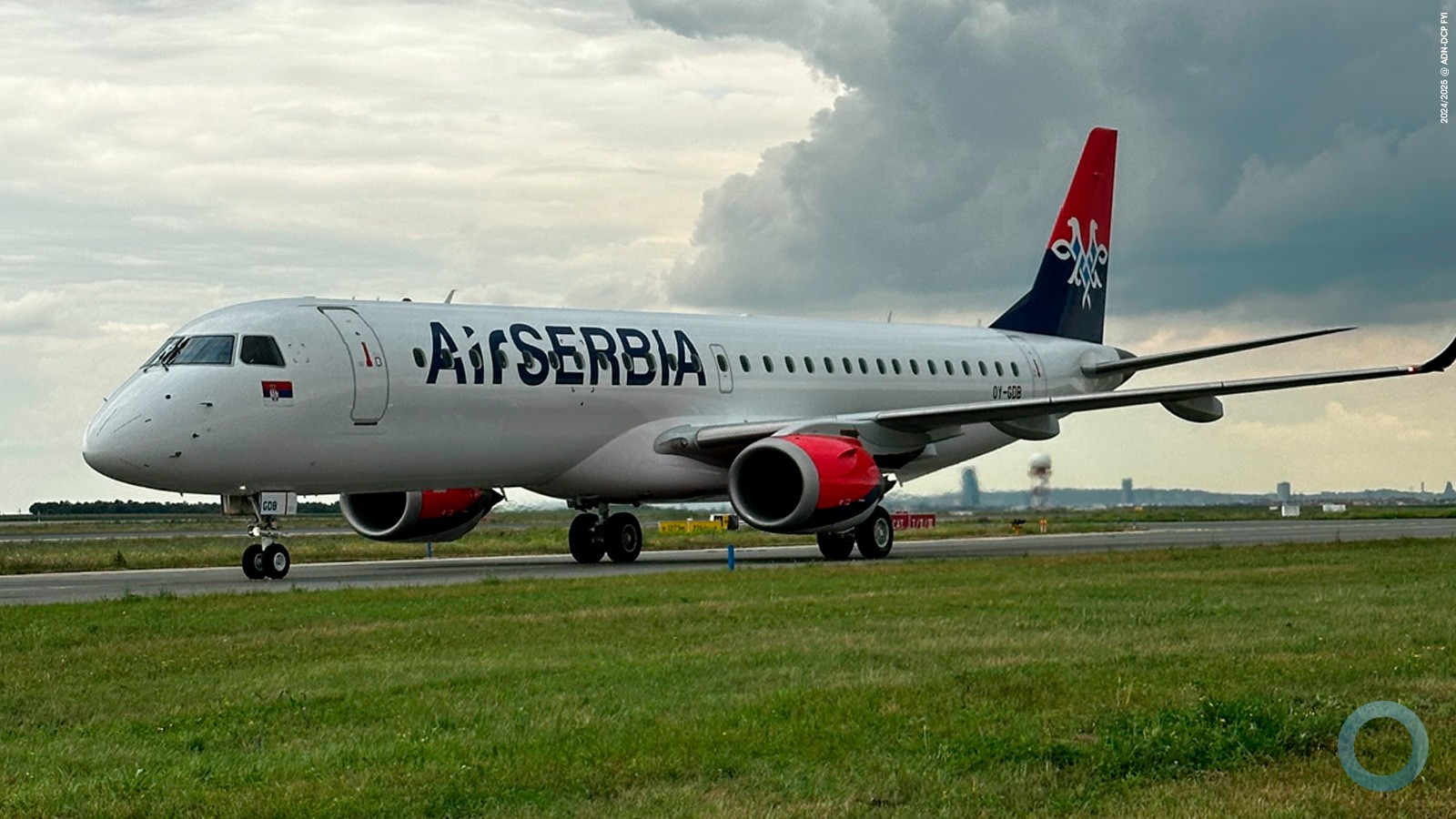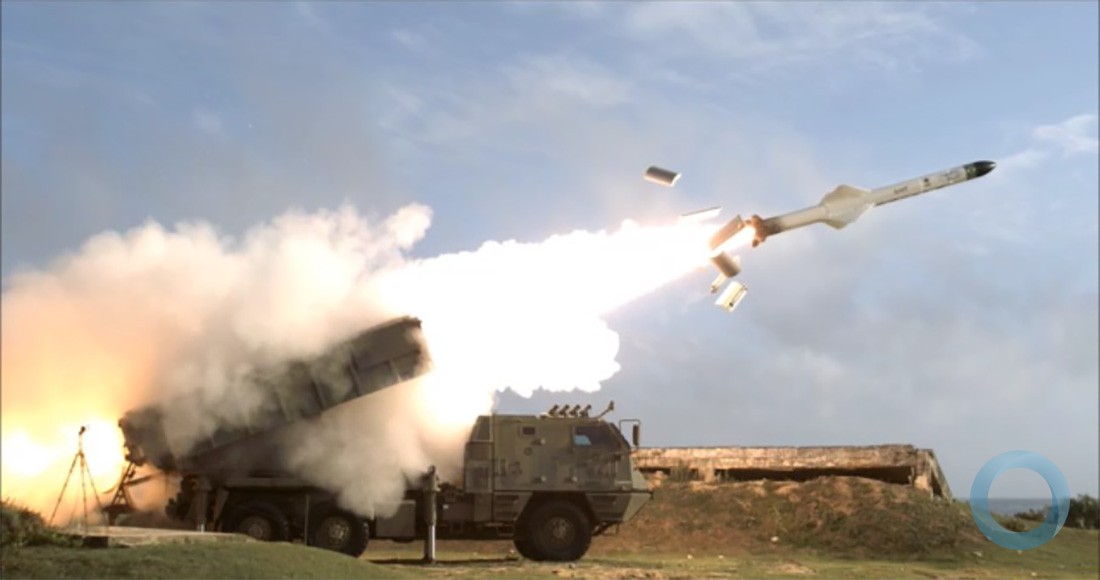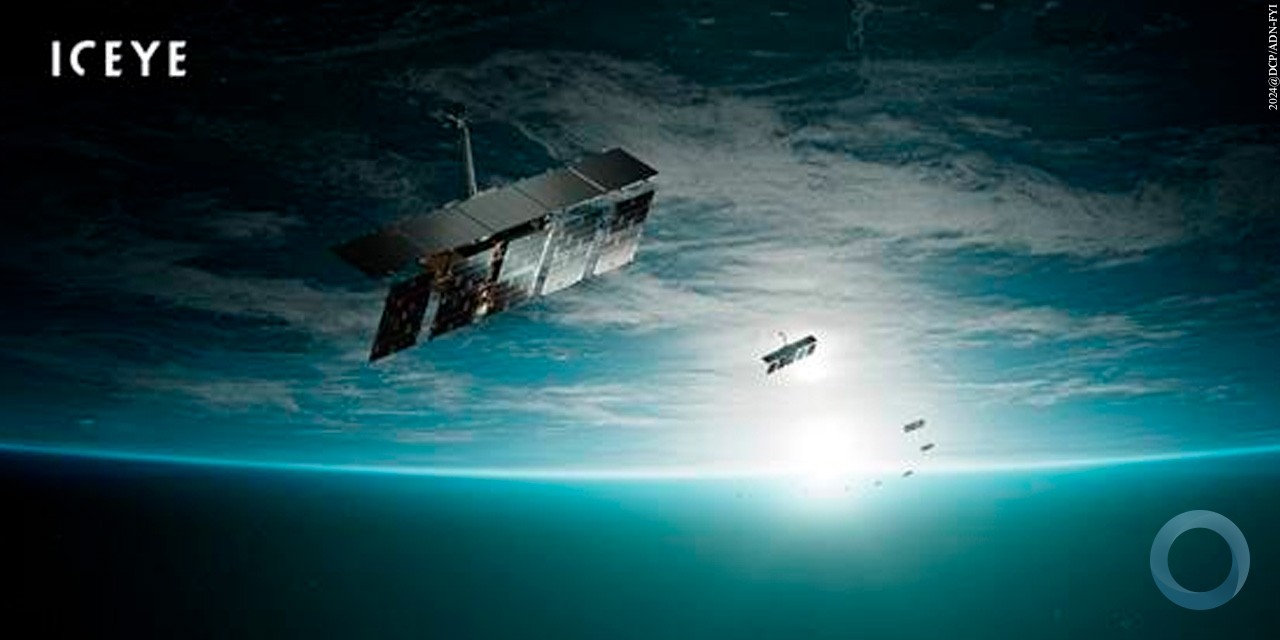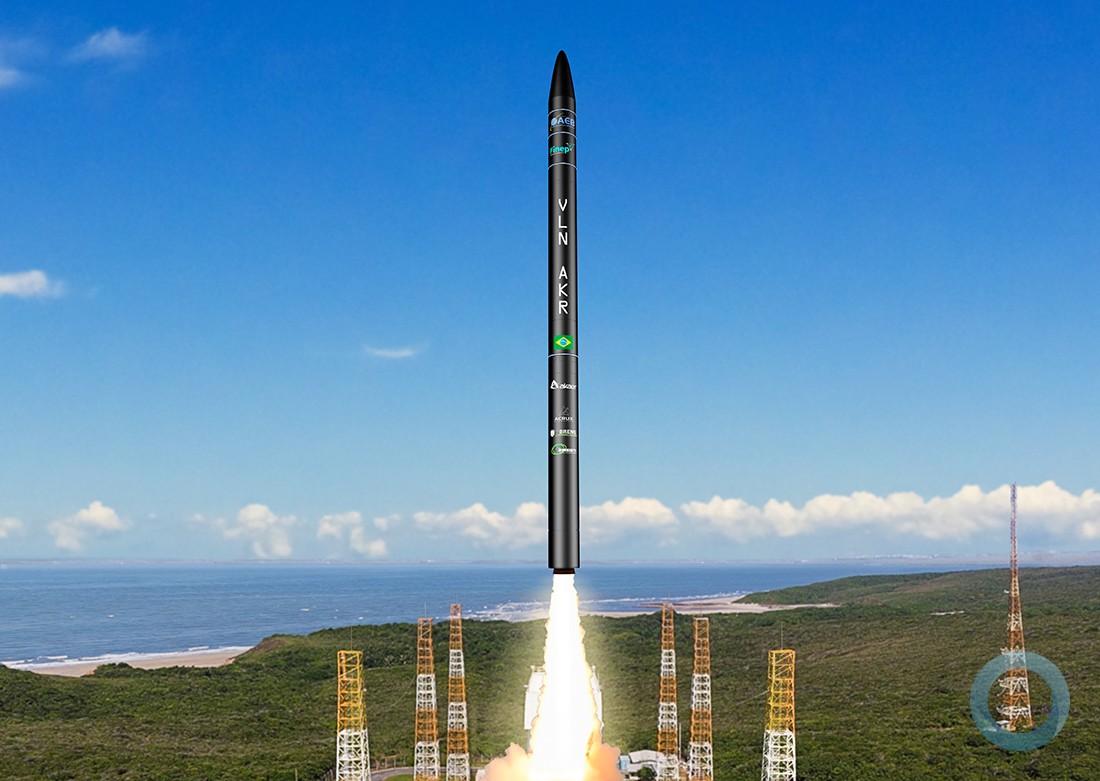By Carol Rosenberg
Miami Herald
08 May 2015
Some 280 U.S. Marines are landing in Central America any day now.
The operation has no code name, but it’s the fruit of about a year’s planning by the U.S. Southern Command to insert a newly formed expeditionary outfit into the U.S.-run swath of the Soto Cano air base in Honduras for about 200 days, the longest, largest known Marine deployment onto Central American turf in years. About 90 of the Marines will be going to Guatemala, El Salvador and Belize.
Peruvian Marines maneuver through a combat town to find simulated casualties for the final exercise of a Combat Lifesaver course taught by Sailors with Special Purpose Marine Air Ground Task Force South during a theater security cooperation bi-lateral exchange at Peruvian Marine Corps Base Ancon, Peru, Sept. 2, 2014. | CPL. CHRISTOPHER J. MOORE U.S. MARINES
Marine Gen. John Kelly, right, commander of U.S. Southern Command, speaks with Lt. Col. George Hasseltine, commanding officer of Special Purpose Marine Air Ground Task Force South, during a tour aboard the future amphibious assault ship USS America on Aug. 31, 2014. | CPL. DONALD HOLBERT U.S. MARINES
Details so far are scarce about what the Special Purpose Marine Air-Ground Task Force-South will do exactly. It sounds like it will train friendly forces and be in a position to pivot to high-profile disaster relief efforts, which the U.S. military likes to promote in poorer southern hemisphere countries. Spokesmen say the Marines will not do double-duty in the drug war.
On April 30, the deputy Southern Command commander, Army Lt. Gen. Kenneth Tovo, testified before a House Foreign Affairs subcommittee that the special unit’s ground element will be doing regional training — maritime and river operations, marksmanship and small-unit training. It has an air wing and logistics unit that will be “working with our partners to repair schools and other facilities.”
A spokesman for Southcom’s Marine subsidiary in Miami, Capt. Armando Daviu, likened it to the Marines’ role in the multinational effort that swept into Haiti after the 2010 earthquake.
Most of the Marines were drawn from the II Marine Expeditionary Force at Camp Lejeune, North Carolina, and assigned to the special task force in March, according to Army Col. Lisa Garcia, speaking for Southcom. The unit will be dismantled once the Marines are returned to U.S. soil — after hurricane season.
The Marine Corps commandant, Gen. Joseph Dunford Jr., who was just named as the next chairman of the Joint Chiefs of Staff, approved the mission, she said.
The commander, Lt. Col. David Hudak, was unavailable to be interviewed, said Daviu. Last month, Hudak told the the Marine Times that his troops were eager to log some time overseas. “Marines nowadays are just looking for an opportunity to deploy. This was one of the only shows in town,” he was quoted in a story headlined, “Marines set for new mission in troubled Central America.”
The assignment comes with hardship duty and family separation pay, said Daviu. He declined to say how many of the Marines — whose motto, “every Marine is a rifleman,” means all are combat-ready — had served in Iraq or Afghanistan. He estimated that fewer than 3 percent (about eight of 280) are “ground combat arms” specialists with many coming from an engineering background.
Southcom’s Garcia would not disclose the mission’s start date, but she said that the Marines would be in Central America in advance of hurricane season, which runs from June 1 through November. She cited force protection reasons.
The bulk of the force —190 troops, mostly Marines backed by a small number of Navy medics — is going to Honduras, the nation with the hemisphere’s highest murder rate. They will be inserted at Soto Cano air base, an all-American outpost already secured by U.S. airmen and soldiers.
The base, known to to locals as Palmerola, is about 50 miles north of the capital, Tegucigalpa and 100 miles south of San Pedro Sula. For years it has served as the Pentagon’s most secure outpost in Central America — first as a resupply site to aid the Nicaraguan Contras in the 1980s, now as a training site for friendly militaries and a platform for reconnaissance flights in Southcom’s campaign to hunt down drug traffickers. In at least one instance, the U.S. Department of Homeland Security used it to drop off Honduran deportees from U.S. soil.
The deployment is probably, in part, a Pentagon response to rising Russian influence in the region, says Central America expert Douglas Farah, who’s been watching the region since the ’80s U.S.-backed Contra war. Nicaragua, where the Marines aren’t deploying, has an increasing presence of Russian forces. El Salvador, where there will be an undisclosed number of Marines, are moving to “Russian-ize” its weapons systems.
Southcom, meantime, had been lowering its profile as a result of budget and resourcing cuts, Farah said, leaving “people in the region feeling very strongly that the United States isn’t here, that they’ve walked away” from spiraling violence and political corruption.
The Marine presence would signal “that the United States still cares, is willing to train militaries that they feel are relatively OK,” said Farah.
It’s unclear what 280 Marines can do to prop up, if not clean up, the region’s imploding societies, said Farah, president of IBI Consultants, which focuses on national security issues. But, he said, enough time has passed that most people in the region, except in Nicaragua, no longer see the Marines as symbolic of foreign American invaders propping up corrupt regions.
“The Cold War’s probably been over long enough,” he said.
Central American forces aren’t particularly interested in humanitarian missions, he says. But they would probably benefit from small arms and combat-style training.
Marine Gen. John F. Kelly, who runs Southcom, requisitioned the force about 11 months ago and got consent from the four nations’ governments as well as the U.S. ambassadors there to go in, said Garcia. She declined to say whether any ambassador imposed a cap on the number of troops. None of the U.S. forces would be subject to local law, she added, but like all American troops overseas, they would be subject to the U.S. military’s code of justice.
At the U.S. Embassy in Tegucigalpa, about a 90-minute drive from the base, a spokesman said that Ambassador James D. Nealon, who got the job in August after nearly a year as Kelly’s deputy, has spoken publicly about the deployment to the Honduran people.
The men have experience with a Special Purpose Marine Air-Ground Task Force. Last summer, Southcom inserted one aboard the amphibious assault ship USS America, as it circumnavigated South America. Photos posted on Flickr and military websites show Marines doing martial arts with Colombian forces, practicing shooting aboard the ship off Brazil and rehearsing lifesaving skills.
Latin American scholar Bruce Bagley of the University of Miami is suspicious. “The natural disaster thing is perfectly plausible because the United States has helped in the past,” he said this week. “But the real U.S. concern is the deteriorating institutional and social context in Central America, drug trafficking, drug trafficking related violence and institutional corruption in the existing security forces.”
He noted that the Marines’ arrival — possibly the largest force there since the 1980s — coincides with an Obama administration request to Congress to fund $1 billion in development aid to the region to shore up the “deteriorating situation in Central America,” which has prompted waves of children trying to cross into the United States. Such a large commitment project would bring USAID and Department of Justice staff to the region in large numbers, he says.
“An increased military presence is not simply to wait around for the next flood or hurricane,” he said. “This is a multifaceted mission in which the United States is principally concerned with the security of its personnel that is moving into Central America.”
“This deployment will cover areas of mutual interest with Honduras, El Salvador, Guatemala and Belize, specifically humanitarian assistance, disaster preparedness and supporting the capacity-building goals of our partners in the region.” Southcom spokeswoman, Col. Lisa Garcia
Read more here: http://www.miamiherald.com/news/nation-world/world/americas/article20530437.html#storylink=cpy






